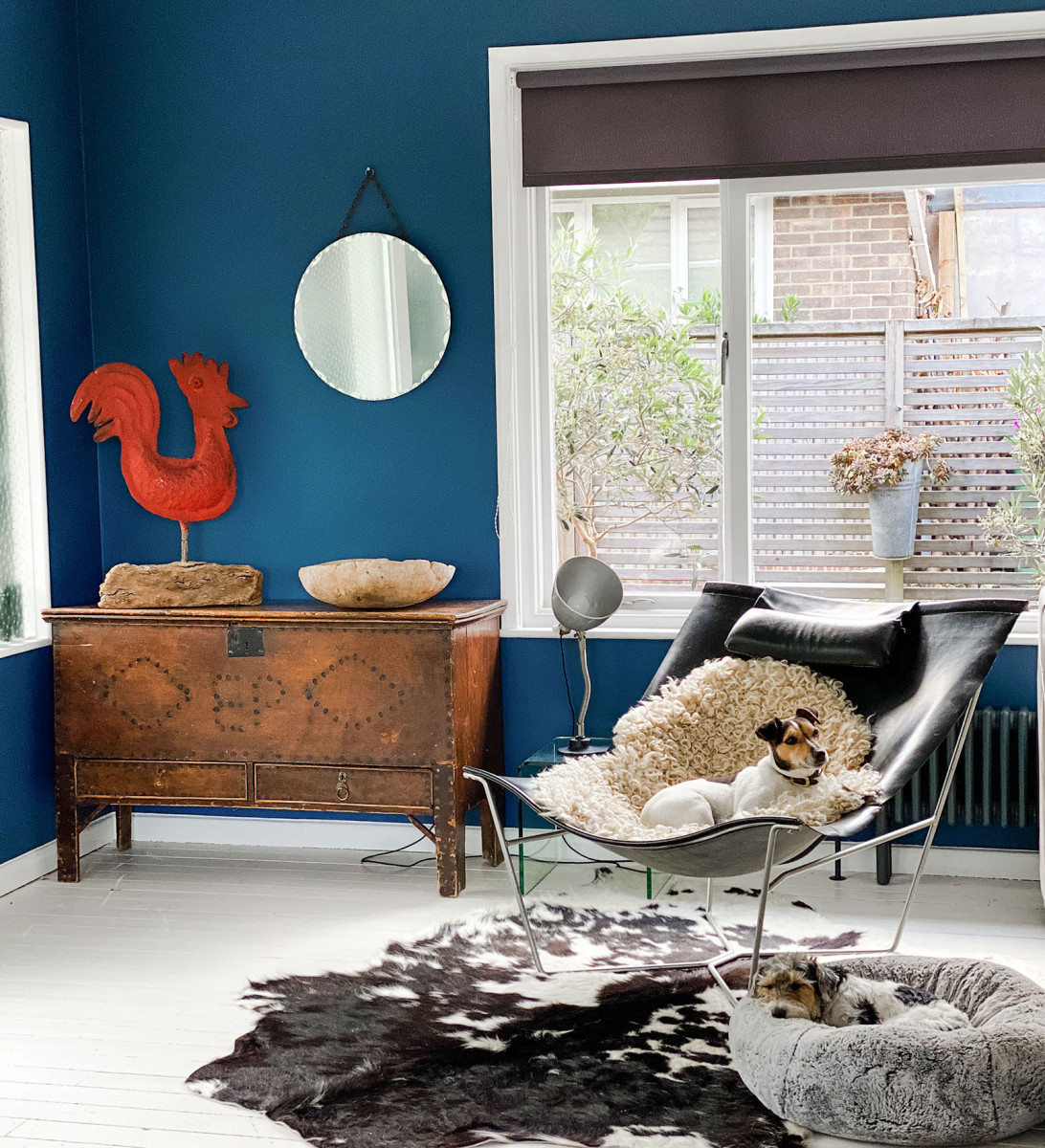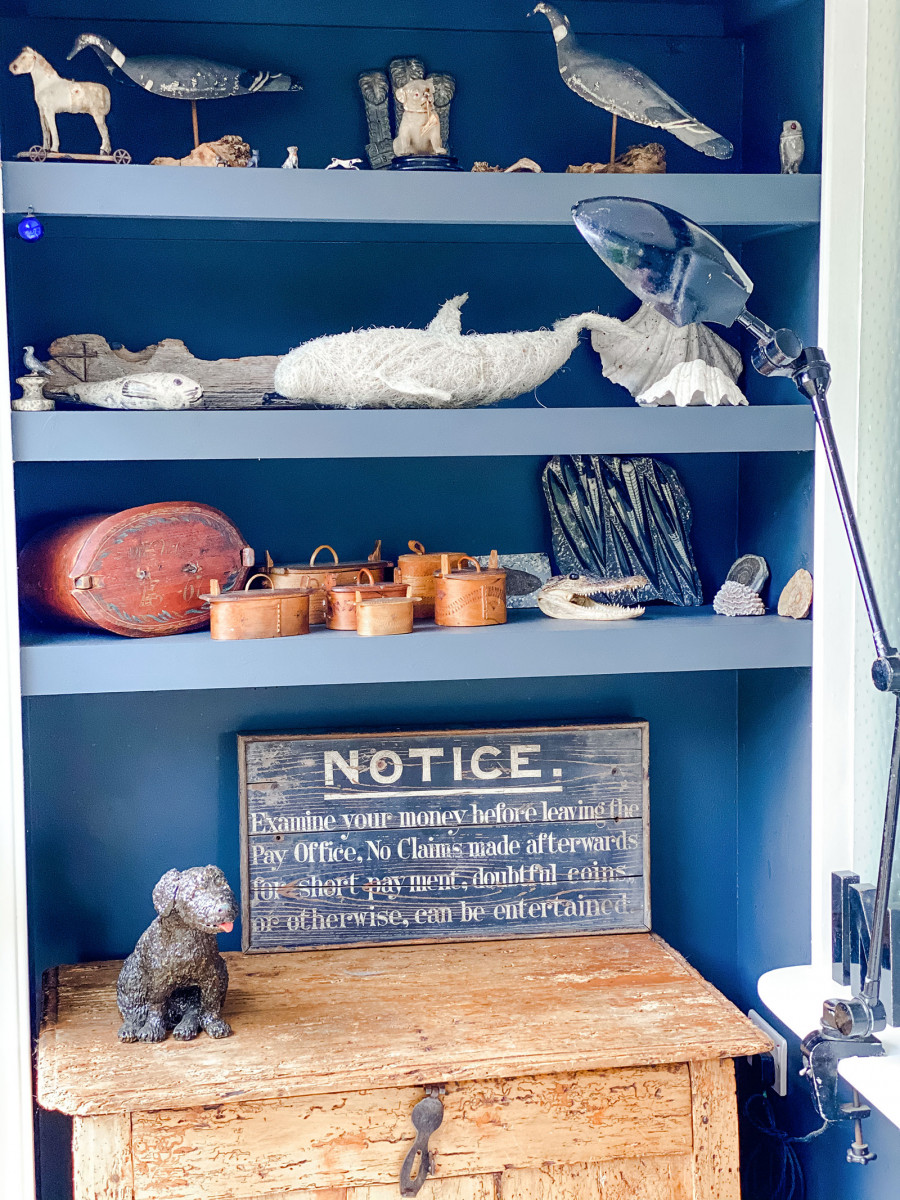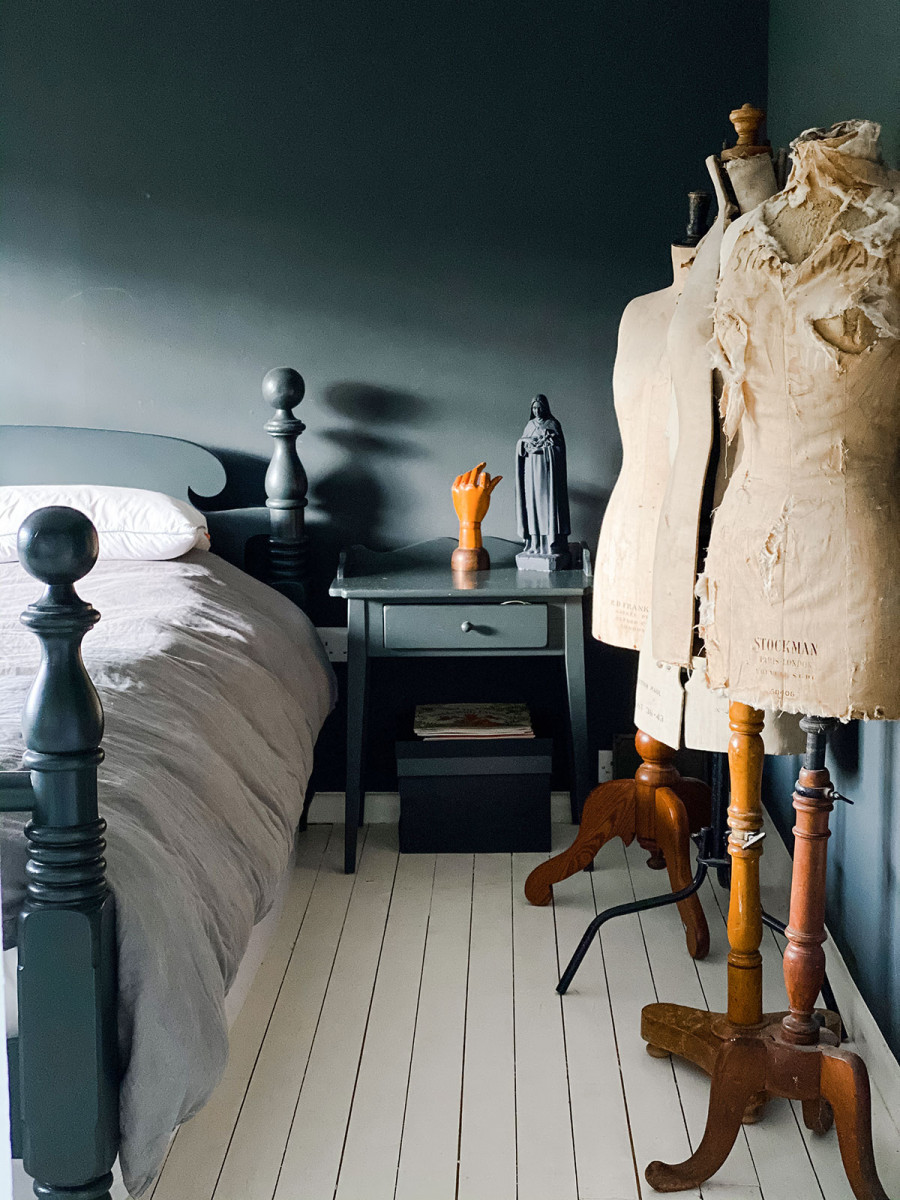If you love the idea of a bargain, investing in quality pre-loved clothes and furniture, or just love an eclectic look – but you’re not sure where to begin, I cover what to look for, knowing real from fake, recognising quality and knowing what to pay when shopping secondhand.
Before the sun rose on cold, often wet, Sunday mornings my mum and I would leave our seafront flat in Brighton (me in my buggy) and head to the station for the weekly car boot sale. Before I could even walk I bore witness to my market-trader mum bartering, haggling and sniffing out the treasures that furnished our home. To say second-hand treasure hunting is in my DNA would be an understatement, it’s my way of life.
I simply can’t fathom why anyone would chose to buy new, lesser quality items, when – with a little time and effort – you can source something of superior quality for the same price or less, just pre-loved!

The additional bonuses of buying better – all be it second-hand – is that if you decide it’s no longer ‘for you’, it will probably still hold it’s value third-hand when you sell it on; chances are it will last longer, and, it helps the planet have a breather from the cycle of ‘new’.
Now, I’d assumed – as you do when something is your ‘norm’ – that everyone knew how to locate treasures; where to go – how to search – what to avoid etc. But through my chats in my Instagram DMs, apparently this isn’t the case, so I’ve compiled my top tips for buying second-hand. Not exhaustive by any means, but my favourite and easy go-tos.
You can take a peak at my Guide to Buying on Ebay here, but it might be worth reading the below first to really understand what it is you’re looking for.
Know What You Want From Your Pre-Loved Shopping!
Before I get in to where I go to search, there’s some basics to searching. You can’t just cast your net wide over open waters with no idea of what you want to catch! The most common comment I receive on buying secondhand is “when I look, it’s all just crap!”; sure there’s a lot of crap, but somewhere amongst the crap, there’s gems to be had.
Know what you’re looking for… and what you’re not!
This might sound a little vague, but in order to find something of value to you, you need to not only know what you want but also what you don’t want.
For example, I was recently looking for a double bed for Bruno’s bedroom,
I knew I did want
- a double bed
- upholstered headboard (he wants to comfortably sit up)
- low-level footboard (as his bedroom isn’t huge and this will give a more spacious effect)
- in really good condition
- under £200
I knew I didn’t want
- Ikea – nothing against Ikea, I bloody love them, but Bruno has a habit of destroying the particle board! In fact, I bought a fab Ikea Bjorksnas bed off Ebay for Hugo just two weeks previously, so wanted something different
- to pay crazy shipping – so keeping it within about 75 mile radius was a must
- and, despite his pleading, I did not want leather!
It was also handy to have some brands in mind like Made.com (he’d seen one on there but the lead time was 3-4 months), Habitat and John Lewis. Most of these are out of my budget for a teenagers bed if buying new, but when it comes to buying second-hand, they’re back on the table!
Some brands like Habitat, will have perennial classics like the Radius collection, repeated year after year due to its enduring style and lasting manufacture – so it’s good to consider these ‘model names’ within a brand when searching to narrow down your search sometimes.
Knowing what you want takes practice – scrolling through thousands of items, just become conscious of why you’re not clicking on things or what’s catching your eye; that’s the key to homing in on the end result. I’ve learnt what I love from years of flicking through magazines, reading blogs, pinning covetable images on Pinterest and going down Instagram rabbit holes – no one said this was easy, but boy it’s fun!
To break it down, once you have more of an idea of what you want try searching variables of:
item – brand – size – material – distance
Once you’ve got an idea of what you’re after and what you don’t want, it’s about considering quality and how to know what to pay…

Recognise Quality When Vintage Shopping
To a certain extent this is something that comes with experience, but being aware of what is a quality, well made using great materials, item – be it clothing or furniture, is really important to knowing you’ve bagged a bargain that will last. That’s the idea after all.
You almost need to become a mini-expert in the area you’re looking for. If you’re looking for mid-century furniture knowing your Ercol from your Eames is going to help; if cashmere is your thing, knowing your Crumpet from your Wyse. Know the brands and labels you like, want and are high quality, and seek them out – don’t compromise (unless they’re wildly out of your budget), as in my experience, you only regret it.
As far as knowing a ‘fake’, be it a hand bag or an arm chair, there are few hard and fast rules, but I’ve listed below a few red-flags I look out for when I’m investing my cash:
- When buying from Ebay, I tend to prefer filtering for ‘used’ items, to narrow it down to genuine people selling their pre-loved items.
- Check out someone’s feedback when shopping on Facebook Marketplace or Ebay etc.
- Pay using Paypal, if possible, which offers buyers certain protection if you receive something you feel isn’t authentic.
- If a price is too good to be true, it usually is just that – too good to be true!
- Avoid buying from sellers only using ‘stock images’/standard internet pics, in other words, stick to buyers who have taken and shared actual photos of the item they have in their possession.
- If someone has a receipt or invoice – bonus! But, make sure they send you the original receipt, not just one that can be repeatedly printed off or re-used in other photos!
- Look at the other items they’re selling, if they’re selling 100 Gucci belts, chances are they’re not real!
- Use your gut!
How do you know what to pay when shopping secondhand?

So, you know what you want and what you don’t want, and how to spot a dodgy deal, but how do you know the right price?
This is always going to be a combination of factors –
- What are you willing to pay? In other words, what feels right to you and what’s it worth to you?
- What someone else is willing to pay!
- What has the item sold for, second hand (and in similar condition), in the past? This is the bit I can help with.
Only you can know what you’re willing to pay, but knowing what other people have been prepared to pay in the past – so what things have sold for – can be quite easy, and will help guide your thought process.
First of all, try a quick Google search – you might find some previous listings on selling sites – but bear in mind, just because someone listed a wardrobe for £100, doesn’t mean that’s what they got for it!
But, for me the most reliable is good old Ebay:
- Search for the item you’re after on Ebay
- Once you’ve got your myriad of listings, head to the ‘filter’ (the left hand menu on a desktop or the three stacked lines on a mobile ap) – you’ll find things like ‘buying format’, category and postage here
- You’ll need to opt for ‘show more’ if searching on a mobile device where you’ll find ‘sold items’.
This will reveal what prices similar items have recently made in auctions and ‘buy it now’ options. A perfect guide to how much cash you should be parting with.
Other factors to consider when working out what you’re prepared to pay:
- Postage/delivery charges
- Condition/age
- Season – buying boots when snow is forecast will likely make them more expensive than during a heatwave!
- Trend – has Kate Middleton been seen in a pair of LK Bennett pumps? Chances are they’re sold out in the shops and the second-hand market has gone crazy!
So there you have it, my guide to get you on your way to filling your life and home with much loved, pre-loved bargains. This is the first in this series, so be sure to take a look at my guide to buying on Ebay here too.
